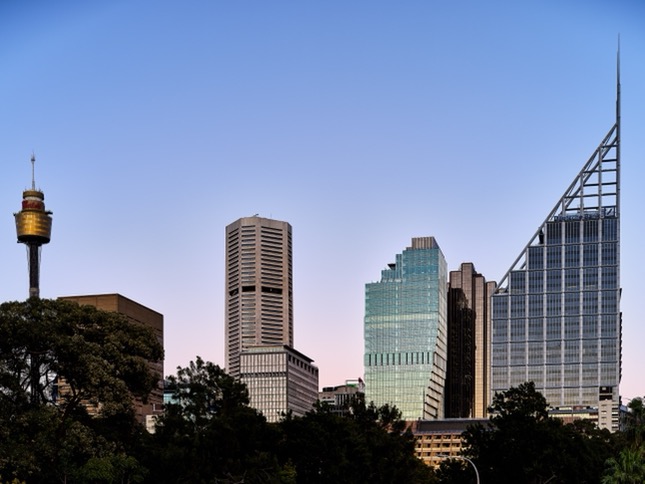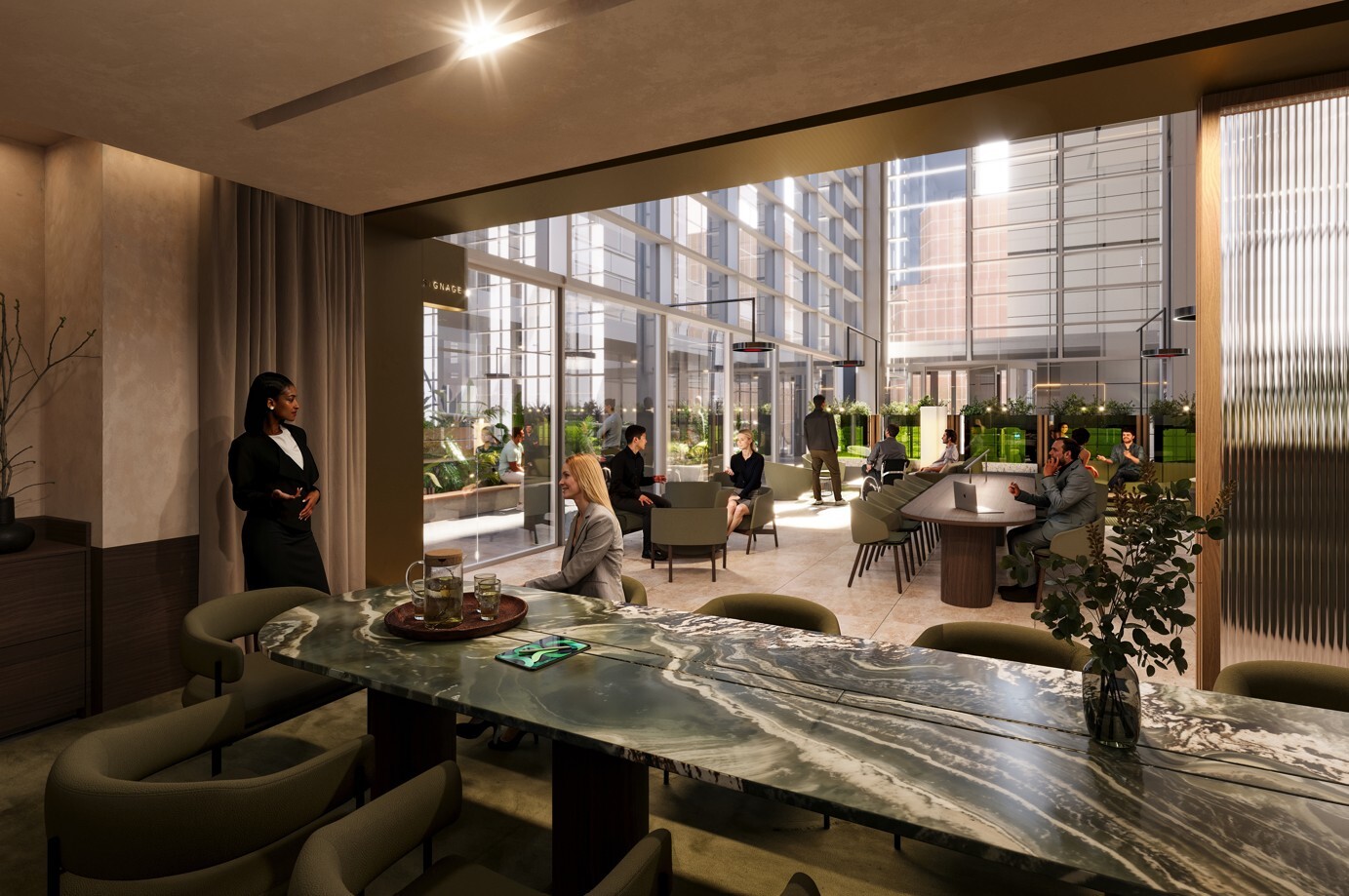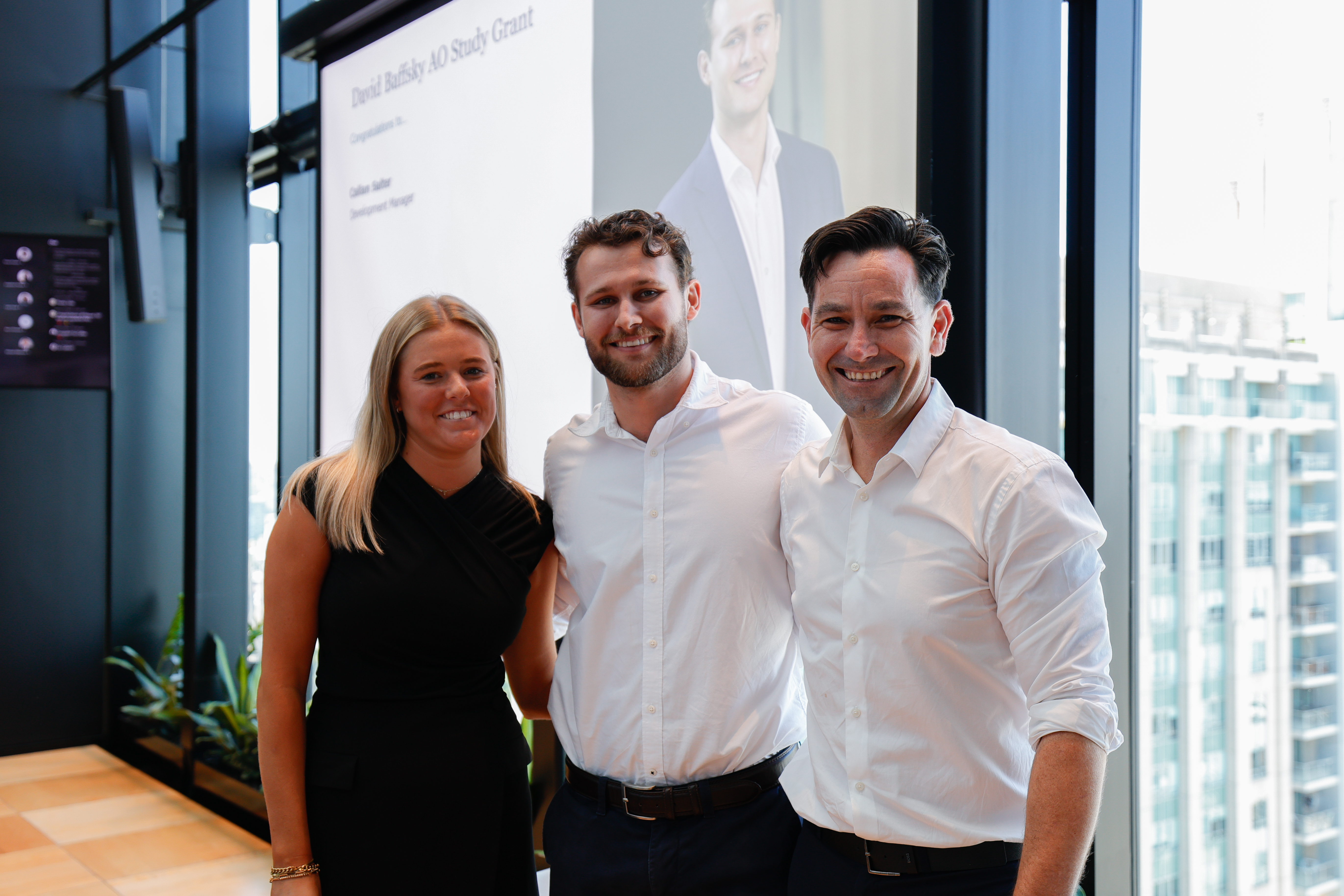Together again: How workplaces are changing

Contents
Returning to the office
Collaboration central
Peak-pandemic cleaning
Touchless tech
Fast forward to the future
Introduction
Touchless technology, deep cleaning and Zoom rooms are all new and necessary elements of the post-Covid workplace. As we start returning to the office, what can we all expect?
Michael Cook, Investa’s Group Executive for Property, spends his days talking to tenants, agents, tenant reps and customers about the evolution of the workplace – and he has some fascinating insights to share.
Focused around five central themes related to collaboration, new routines, touchless technology, cleaning and what's next, with insights from Investa's Future of Work Survey.

“I think we’ve all learnt that those corridor chats and quick coffee meetings are not simply nice distractions. They are important idea generators and productivity enhancers. They are the crux of human interaction, of creativity and intellectual growth.” says Cook.
Michael Cook, Investa’s Group Executive for Property, spends his days talking to tenants, agents, tenant reps and customers about the evolution of the workplace – and he has some fascinating insights to share.
“Last year, working from home was novel and it was necessary. This year it was still necessary. But it wasn’t novel and people soon grew weary of being stuck at home,” he says.
Investa’s recent future of work survey found Australian office-based businesses expect employees to work from home an average of 1.9 days each week once the pandemic has passed. But Cook expects this to moderate to less than one day per week as the office bounces back.
While flexibility is here to stay, Cook expects a steady trickle of people returning to their offices will soon become a flood as people reacquaint themselves with the benefits of the office.
“I was in a lovely spot at home, but I missed sitting down and meeting with people. You can’t negotiate effectively over the phone or in a Teams Meeting. It’s hard to mentor or train people. It’s impossible to have spontaneous conversations or learn by osmosis and reading a person’s body language is nigh impossible over Zoom.
“I think we’ve all learnt that those corridor chats and quick coffee meetings are not simply nice distractions. They are important idea generators and productivity enhancers. They are the crux of human interaction, of creativity and intellectual growth.” says Cook.
So, what can people expect as they return to their workplace? Cook has a few ideas...
Investa’s recent future of work survey of its customers found 50% of office-based businesses are planning to increase their proportion of collaboration space – and this figure aligns with Cook’s conversations with customers and their designers.
“We expect to see space requirements change. I’m already seeing slightly more density in the work-space and fewer desks per person, but we are seeing more space devoted to meeting and collaboration space.” Offices will become more fluid and flexible, with space designed to inspire and spark ideas. Part lab, part learning hub, part lunchtime hangout, the office will have far less space set aside to smash out work and far more space for “town halls”, meeting spaces and small, private meeting spaces.
“We are already fielding requests for Zoom or Teams rooms that are as small as 1.5 metres squared. At the other end of the spectrum, companies are looking for more and larger meeting rooms. I think we’ll see different shaped meeting rooms too as designers start thinking outside the box about space as a source of creativity, and in consideration with the new normal – social distancing.”
But many design decisions will take time to play out, Cook notes.
“Flat screen technology entered the market in the mid 1990s, but desks were still being designed for large CRT monitors 10 to 15 years later. The architectural and interior design community is smarter now and is more focused on the future.”
Owners of high-quality office space have always focussed on cleanliness and hygiene. But Covid has heightened customers’ awareness of the value of clean and hygienic spaces, and this is making workplaces even healthier, Cook notes.
“I don’t think people will ever again tolerate colleagues entering the office with a cold."
Some of the short-term tactical measures to address Covid, like sanitation stations, QR codes, sneeze guards and social distance stickers, won't be with us forever. However, other Covid legacies such as deep cleaning and touchless technology, will become permanent.
“Whenever there has been a Covid case in our buildings, we’ve undertaken a ‘deep clean’. The extra work required for a deep clean is not as intrusive or as costly as everyone first thought.” Why? “Because cleaning was always comprehensive in Premium, A and B grade buildings, even before Covid,” Cook says.
“Further, as most building owners experienced at least one or two exposures, the cleaning and facilities management teams were quick to learn and introduce processes to address the challenge.”
Cleaners have become a very visible presence in Investa’s buildings. “People see our masked cleaners throughout the work day, and this is a reminder that we are looking after our buildings and our customers’ safety.”
And what about air quality? Cook says high performing buildings in Australia already have “world class” air quality. He points to Investa’s Barrack Place at Sydney’s 151 Clarence Street, which achieved a WELL Platinum rating in 2019 – the highest rating awarded by the International WELL Building Institute. Advanced air filtration throughout Barrack Place was installed upfront to reduce pollutants and particulate matter, enhancing comfort and air quality.
“The lessons we learnt at Barrack Place have set a baseline and we are trialling new technology at other our assets, such as ultra-violet air treatment at Investa’s newest development at 39 Martin Place. But we are doing this cautiously, because we want to make sure we invest in the right solutions to make people secure and genuinely keep people safe.” Cook says.
“I don’t think people will ever again tolerate colleagues entering the office with a cold" says Michael Cook, Group Executive, Property
Touchless tech
Most new buildings are hardwired with smart technology, making the switch to contactless services a straightforward and simple process – whether it be accessing the building, organising a conference room, booking a locker or making a coffee.
High performance lifts are already designed with destination control and smart access. Access cards could soon be redundant as our ubiquitous smartphones are paired with touchless technology. “We are already using smartphones at 60 Martin Place for access to the building, lifts and to book meeting rooms.”
Older buildings with good bones will be retrofitted over time, Cook adds. “As part of our capex programs, whenever it’s time to upgrade our assets, we will do so with touchless technology.”
But some buildings in our cities won’t make the grade, especially as tenant customers make the flight to quality. “People want safe working environments, and tenants will want to know their building owners are focused on health, wellbeing and cleanliness. Meeting that core objective will require advanced technology, but more importantly a clear focus on the delivery of customer service” Cook says.
Fast forward to the future
How quickly will people return to their pre-Covid routines? “We expect two years of pandemic restrictions and lockdowns will be followed by a period of enormous growth as pent up demand is unleashed”, noted Cook.
As business expands to capture this growth, we expect to see a direct impact on office occupancy. But if a post pandemic world is one which will be more discerning, more focussed on health and wellbeing and less prone to compromise, how will the ‘office’ survive?
Cook has a clear message: “Investa is fully prepared and is looking forward with great optimism to meet this challenge.”
Future of Work Report
Investa’s 2021 Future of Work Report research highlights five key themes that will impact the future of office work. You can read the report on our Research page.


.jpg)

